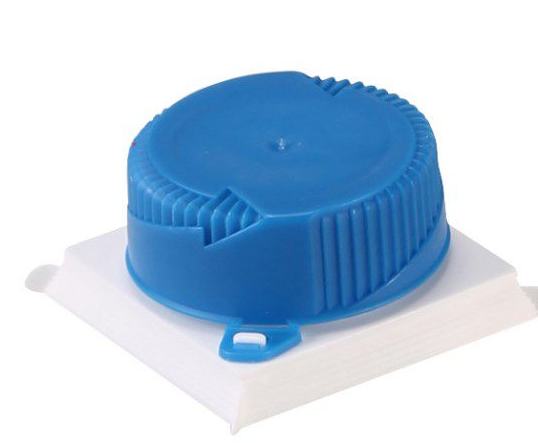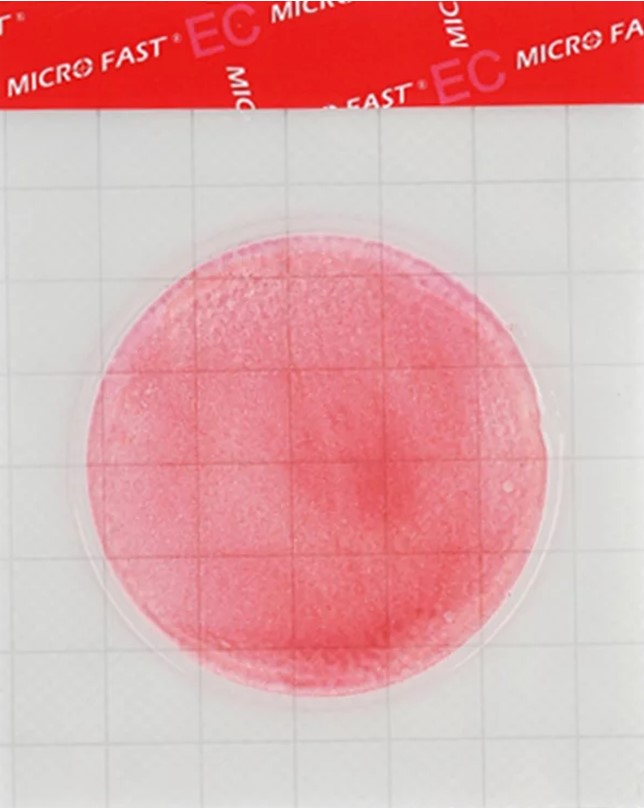What laws and regulations in the field of veterinary medicine come into force on March 1, 2024

Which animals and by when should be marked?
Federal Law No. 221-FZ made it the responsibility of farmers to mark and record farm animals in RUSSIA. Government Decree No. 550 contains a complete list of animals subject to labeling. This list included:
cattle (including zebu, buffalo and yaks); horses; donkeys, mules and hinnies; camels; bees; pigs; sheep and goats; poultry (including chickens, ducks, geese, turkeys, guinea fowl, quail, ostriches); deer; fur-bearing animals (including foxes, sables, minks, ferrets, arctic foxes, raccoon dogs, nutria); rabbits; fish and other aquaculture objects.Service animals are also included in the list; they must be marked by March 1, 2026.
For each type it is indicated how they should be labeled - individually or in groups. For example, cattle, horses and camels - only individually, and bees - in groups.
Government Decree No. 550 defines the deadlines by which specific species of animals must be marked and registered.
Thus, by September 1, 2024 , cattle and pigs in enterprises and private farms, as well as poultry and horses in the industrial sector, must be marked and registered .
Before March 1, 2025, horses must be registered in private household plots, and before September 1 of the same year - bees and fur-bearing animals in farms of all forms of ownership, as well as camels, deer and rabbits in the industrial sector.
Until March 1, 2026, it is necessary to register fish (except for private plots), and before September 1 of the same year - all small livestock, as well as camels, deer, rabbits and poultry kept in private plots. Moreover, for poultry and rabbits there is the following clarification - by September 1, 2026, animals in farms with more than 10 animals must be marked and registered. If there are fewer birds and rabbits, then the deadline for owners has been extended to September 1, 2029.
Veterinary rules, approved by Order of the Ministry of Agriculture No. 832, prescribe which marking means can be used for which animals.
To mark cattle, you can use tags, collars, electronic tags and electronic collars, implanted microchips, including intragastric ones (boluses).
To record animals, ROSSELKHOZNADZOR created the Horriot platform - this is a component of the VetIS system. Horriot contains information about farm animals kept on large agricultural enterprises, farms and private farms.
Rules for pet stores
Government Decree No. 934 will come into force on March 1, 2024. This document establishes requirements for places of animal trade.
The document spells out the rules for keeping different animals: cats and dogs, rabbits and rodents, primates, birds, reptiles, amphibians, insects and spiders, aquarium fish and other species.
The sizes of cages, enclosures and aquariums were determined depending on the age and weight of the animal. For example, for dogs weighing up to 5 kg, an enclosure of at least 2 square meters is required. m, and for a larger dog you will need at least 4 square meters. m area. According to the new rules, adult cats must be provided with an enclosure of 3 square meters. m, for kittens from 8 to 12 weeks, 1.5 square meters is enough. m. An enclosure for cats must be equipped with a device for grinding claws, and kittens and puppies must be provided with a teether.
For the maintenance of each type of animal, the document establishes its own temperature regime and humidity level. Cages and enclosures should be kept clean, washed and disinfected at least once a week, and feeders and drinking bowls - at least once a day. If an animal is sick, it should be isolated.
The feed ration, the schedule for feeding and watering animals, the size of portions and the volume of drinking water are approved by administrative act. This act must be drawn up by an entrepreneur who sells animals.
“The rules will eliminate incidents when animals are displayed in display cases to attract attention, without protecting them from external factors, which is stressful for them,” the Department of Veterinary Medicine of the Sverdlovsk Region commented on the document.
The new rules will be in effect until September 1, 2029.
Unified requirements for veterinary drugs in the EAEU
Uniform rules for the circulation of veterinary medicines are being introduced for the EAEU countries. These requirements were approved by a decision of the Council of the Eurasian Economic Commission (EEC). The decision of the EEC Council comes into force on March 13.
Thus, uniform requirements have been established:
— production, storage, transportation, sale and destruction of veterinary drugs and pharmaceutical production of drugs for animals;
— to the circulation of veterinary medicines;
— registration of veterinary drugs;
— to information interaction under state control in the field of circulation of veterinary drugs;
— to the import of veterinary drugs into the customs territory of the EAEU, as well as the transit of such products.
The document provides forms of necessary documents, including a form of a certificate of compliance of the production of veterinary medicinal products with the requirements of the rules of good manufacturing practice of the EAEU and forms of applications for registration of a veterinary drug.
Read together with it:
- Belstat reported how much grain, milk, meat, and vegetables are produced in Belarus per capita.November 14, MINSK . Belarus produces 913 kg of grain, 958 kg of MILK, 341 kg of potatoes, and 304 kg of vegetables per capita, according to a review by the National Statistical Committee for the Day of Agricultural and Processing Industry Workers, BELTA reports. The country also produces 78 kg of fruits and berries, 147 kg of livestock and poultry (slaughter weight), and 4......
- UniCredit заявил о галактических усилиях из-за санкций против РоссииUniCredit старается не нарушить «более 15 тыс. санкций», а также не «совершать ошибки», которые позволят изъять его активы в России, заявил гендиректор. После начала военной операции банк начал рассматривать возможность ухода Итальянский банк UniCredit прилагает «галактические усилия», пытаясь соблюсти международные санкции в отношении своего российского подразделения. Об этом заявил генеральный д...
- Низкое предложение и устойчивый спрос: в Аргентине растут цены на мясоЦены на говядину снова выросли, что отразилось на полках супермаркетов и в мясных магазинах. За последние две недели розничные цены выросли на 8–12%, а на некоторые популярные отрубы рост превысил 15% по сравнению с октябрем. Тем не менее, продажи остаются высокими: потребители продолжают покупать, принимая новые цены и закрепляя тенденцию, которая повторяется каждый год в конце года, когда спрос ...
- Колумбия: При экспорте скота сертификация и прослеживаемость больше не являются необязательнымиВысококачественное животноводство, особенно при экспорте, требует сертификации и прослеживаемости. Это необходимые условия для выхода и конкуренции на многих международных рынках, а также на некоторых всё более требовательных внутренних рынках. Колумбийское животноводство не является исключением из этих правил, и, хотя предстоит ещё многое сделать, всё большее число ферм и компаний внедряют эти ме...



























































